Netrakona, Sept 22 (V7N) – Farmers in Netrakona are facing serious challenges this Aman season due to fertilizer price hikes and artificial shortages allegedly created by unscrupulous traders. Reports from the region suggest that some fertilizer dealers are hoarding supplies and selling at inflated prices, putting growers under additional pressure during peak cultivation.
This year, the Department of Agricultural Extension (DAE) set a target of cultivating transplanted Aman paddy on 1,35,900 hectares of land in the district, with a production target of 4,25,895 metric tons of rice. Although the season began with concerns over insufficient rainfall, steady showers over the past two weeks have brought relief. Farmers are now actively preparing seedbeds, plowing fields, and transplanting seedlings with renewed optimism, expecting higher yields if the weather remains favorable.
Field visits across different villages in Netrakona revealed that timely rainfall allowed farmers to rely on natural irrigation instead of costly pump systems, reducing expenses. However, they continue to struggle with high input costs and a shortage of agricultural labor. In many areas, laborers are charging between Tk 500 to Tk 600 per decimal for transplanting, adding to the financial strain.
Of Netrakona’s 10 upazilas, four are haor-dominated, where vast stretches of land remain submerged during the rainy season, limiting Aman cultivation. Farmers without personal tractors are forced to hire machinery at high rates, further escalating costs.
Fertilizer price manipulation remains one of the most pressing issues. According to government-set rates, a 50-kg bag of TSP should cost Tk 1,350, but it is being sold for Tk 1,500 to Tk 1,650. Similarly, DAP fertilizer, fixed at Tk 1,050, is selling for up to Tk 1,350, while MOP, set at Tk 1,000, is being sold at Tk 1,250. In most cases, fertilizer dealers are failing to display official price charts, making farmers vulnerable to exploitation. Reports also suggest fertilizer smuggling between districts, further tightening local supply.
The rising costs of seed, fertilizer, pesticides, and labor are leaving farmers frustrated, as the production cost of rice is nearly equal to its market value. Many farmers are shifting from traditional varieties to hybrid rice in hopes of higher returns, but profitability remains uncertain.
Farmers say easier access to agricultural loans, government incentives, and strict monitoring of fertilizer distribution would encourage more cultivation and ensure food security in the region. Without intervention, growers fear they may lose interest in rice farming altogether.
END/ATN/SMA/



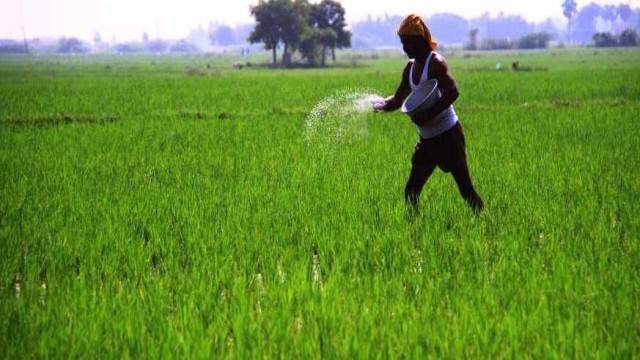
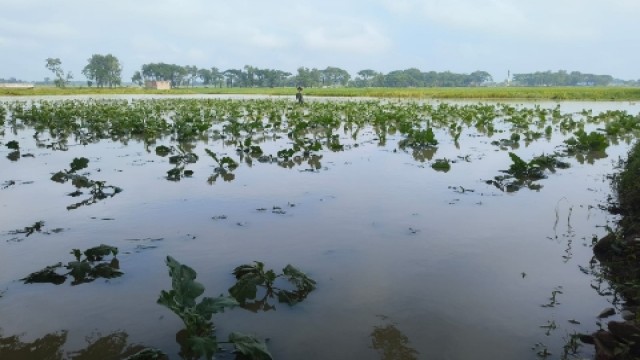
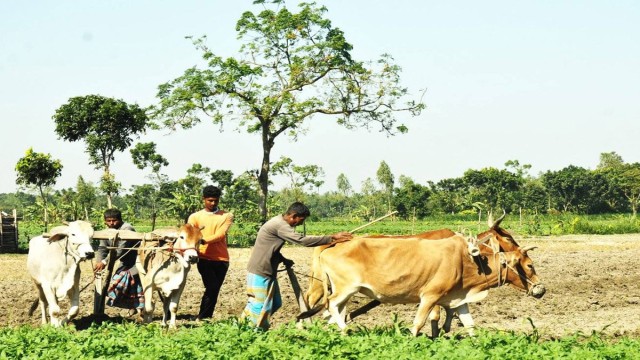
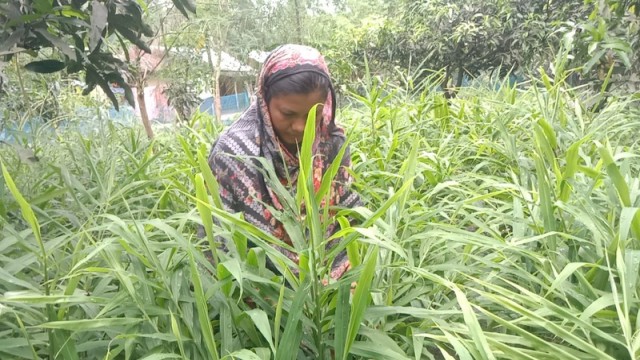
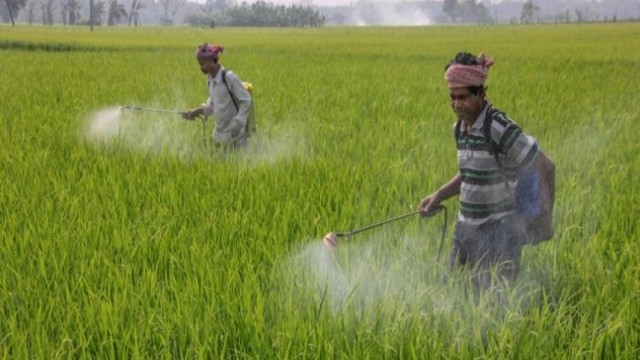
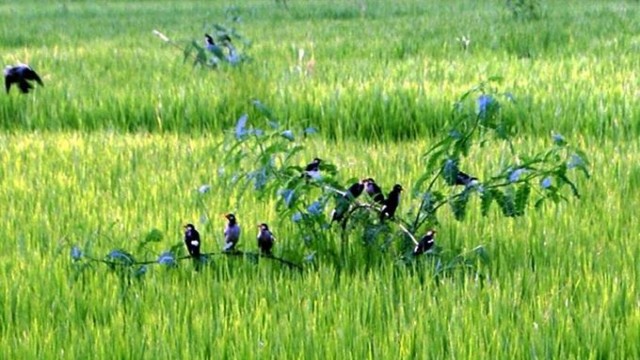
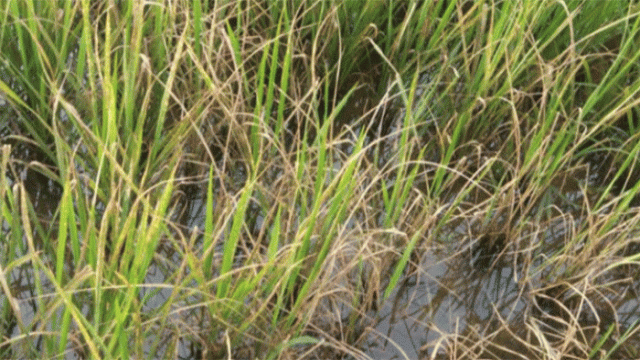



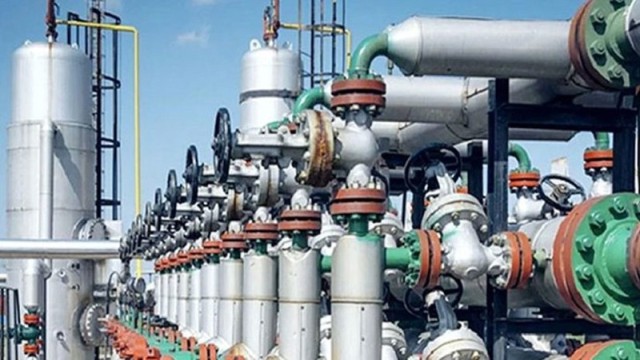












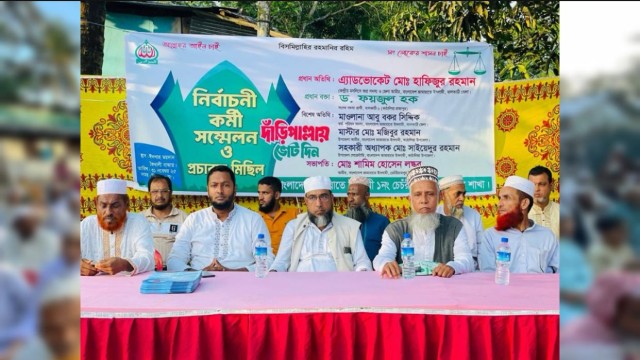

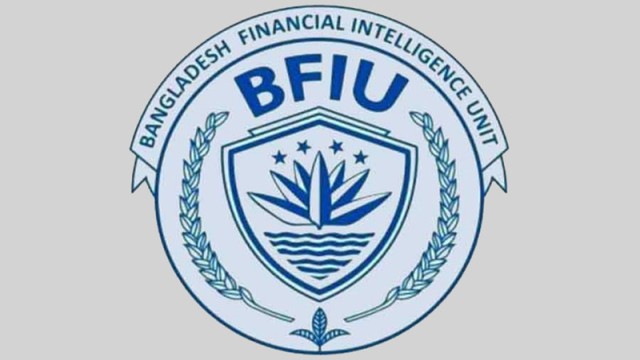
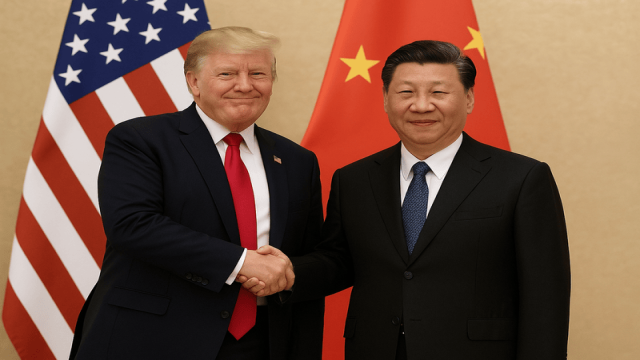
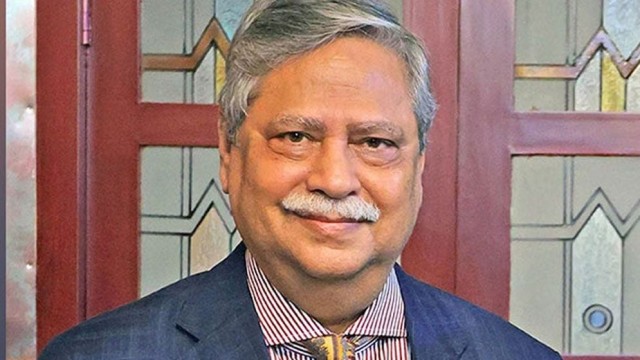
Comment: